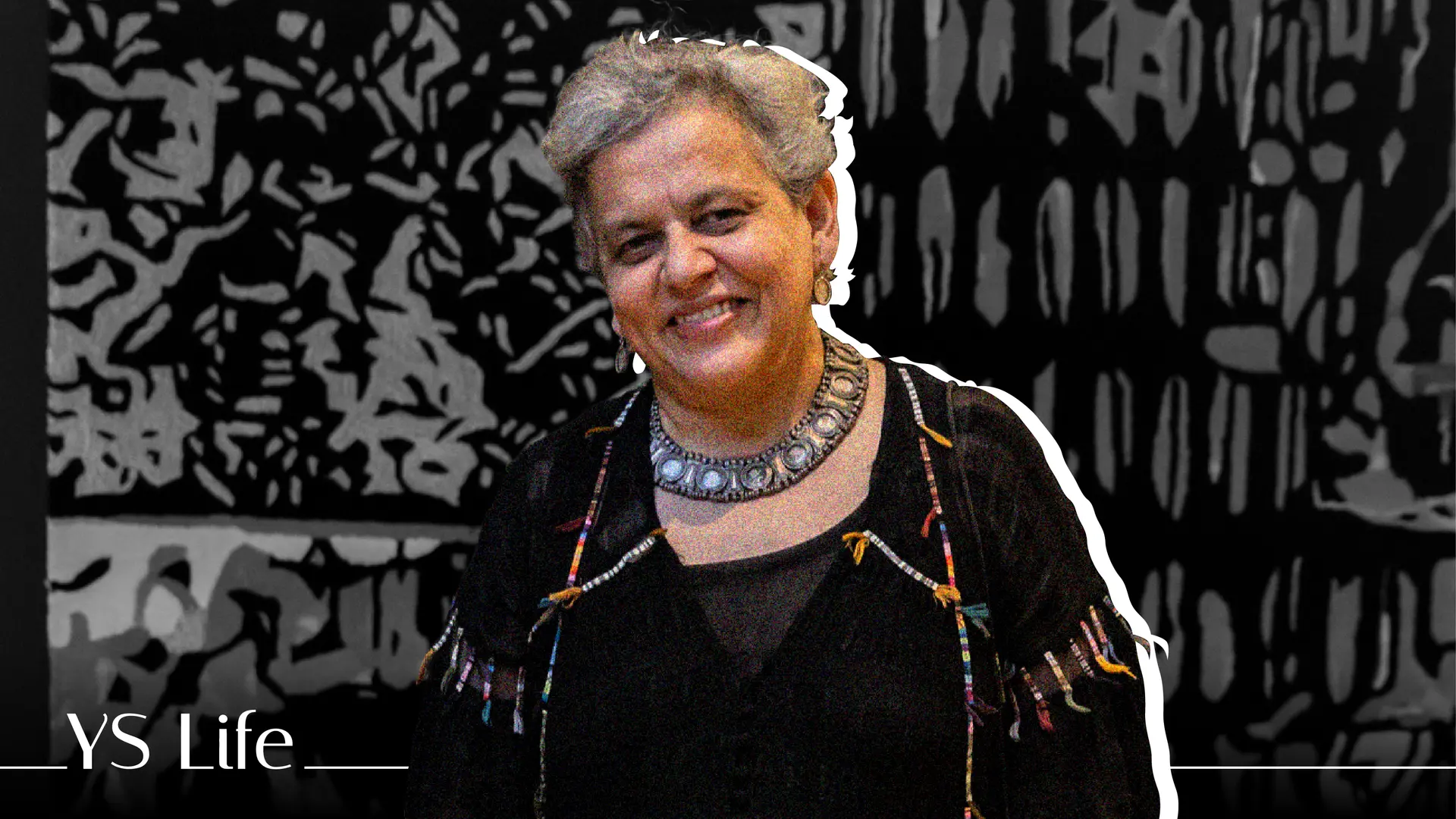‘You should never be happy as an artist’: Kala Ghoda’s Brinda Miller
Brinda Miller, veteran artist and Chairperson of Kala Ghoda Association, is yet to create her masterpiece, and cautions other artists to beware the comfort of complacency.
“My own work is abstract and I am drawn a lot to abstract art, but I consciously make the effort to appreciate everything,” says Brinda Miller, veteran artist and Chairperson of Kala Ghoda Association.
This sense of appreciation brought Miller, along with other patrons, art galleries and enthusiasts together to form the Kala Ghoda association in 1998. Since then, the association has been at the forefront of preserving the heritage of Mumbai’s art district, Kala Ghoda.
Miller is also at the helm of the Kala Ghoda Arts Festival, a week-long multi-disciplinary street art festival that is hosted annually in Mumbai.
Recently, Miller was in Bengaluru curating the cARTpet Project—an exhibition of limited-edition sculptures, hand-woven and tufted carpets in luxurious wool and silk, hosted at the Four Seasons Festive Showcase. On the sidelines of the exhibition, YS Life caught up with her to understand the art of curating.
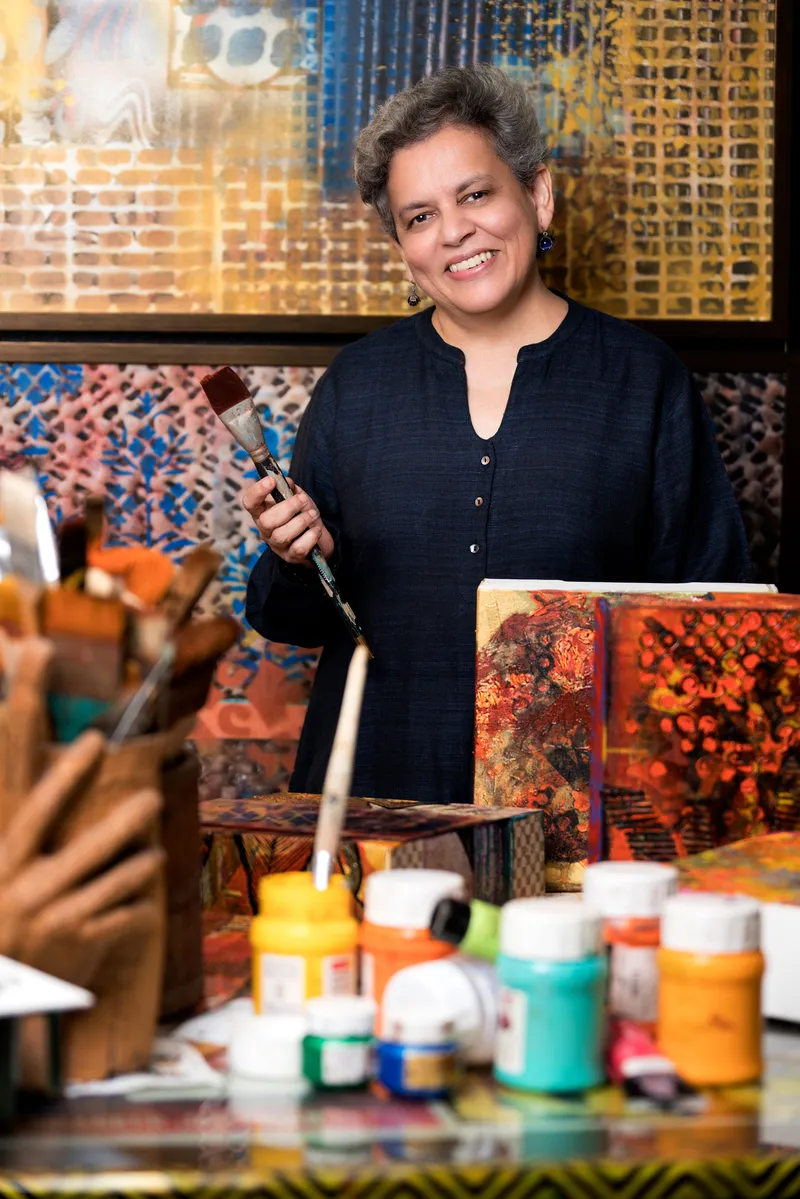
Brinda Miller, veteran artist and Chairperson of Kala Ghoda Association
“I'm a believer in a mix-and-match of everything—whether it is what clothes you wear, what you know, what you cook at home…We eat very eclectic food—Punjabi, Thai, everything, and sometimes it's a mix and match of all those things!,” Miller says.
When it comes to art collection art, her advice follows a similar view: “You should not look at collecting just one kind of art. You should think of collecting different types of art—maybe sculptures, paintings, and within that category can be different types of sculptures, different kinds of paintings, different mediums.”
For the cARTpet Project, for instance, Miller began by shortlisting artists, and requesting multiple images of their works for selection. “It was a very unusual way of curating something…We were looking for good names, but also for works that would translate well into this medium,” she explains.
The cARTpet Project helps raise funds for NGO PASSAGES, which works towards breast cancer awareness. The collection, curated by Miller and Tarana Khubchandani, Director of Gallery Art & Soul and Secretary of the Kala Ghoda Association, showcased masterpieces of 22 of India’s most celebrated artists.
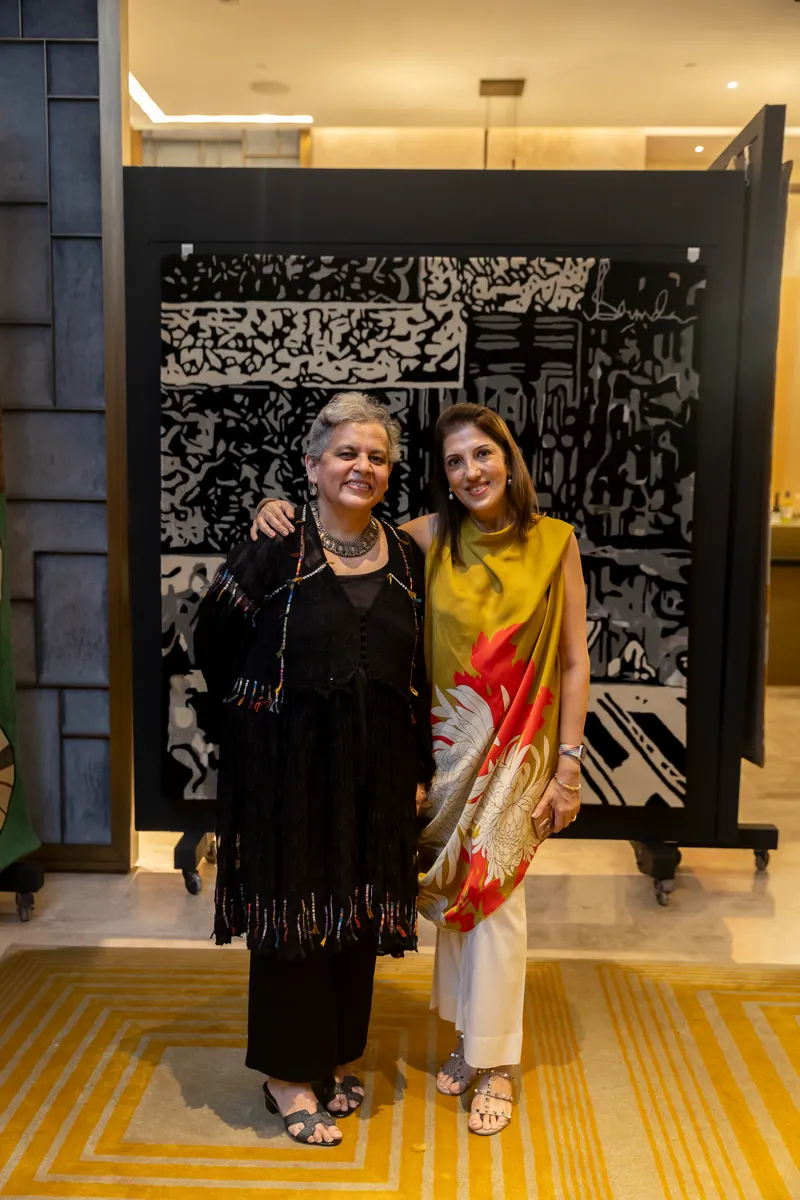
Curators of The cARTpet Project, Brinda Miller and Tarana Khubchandani, at the Four Seasons Bangalore
So, as an artist in her own right, has Miller created a masterpiece yet, we ask?
“I don't think so. And no artist should think they created their masterpiece…Art is always something that you keep learning. Even if you master it, you still won't…As you keep learning art, and you keep on discovering, you keep on experimenting. And you should never be happy as an artist. You should always strive for more.”
The artist
Much like her thoughts, Miller’s story isn’t typical of an artist. Nobody from her family was into art. “I was very good at art, right from school, but I didn’t know that…My art teacher in school said I was good. It surprised me, and my family,” she recalls.
But Miller enjoyed it and eventually, art seemed to be the obvious choice for a career. She completed her Diploma in Textile Design from Sir JJ School of Art in Mumbai, later attending the Parsons School of Design in New York.
Miller’s work is largely a combination of realism and abstract art styles across mediums. “Mixed medium allows you to layer everything—whether it is your life or the choices that you make…Everything must have layers, so that there is more to life than what you really see.”
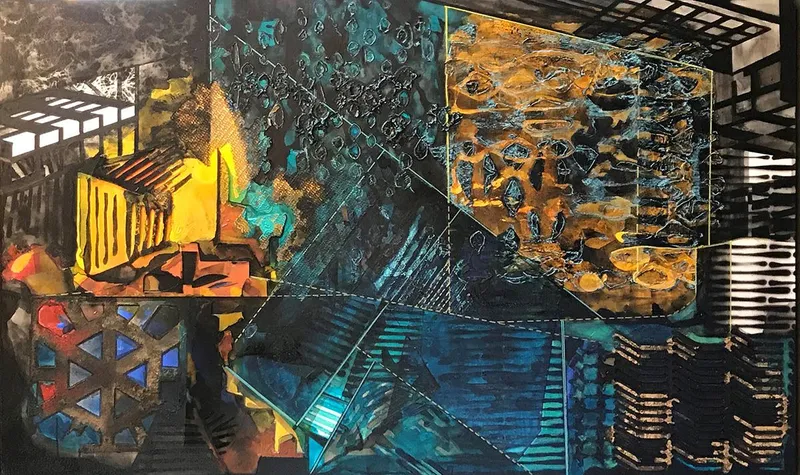
Citadel by Brinda Miller, 36 x 60, mixed media on canvas
The artist seeks inspiration from her life too, “which is very unusual”, according to her. “The way I live is exactly the way I paint…My life imitates my art, and my art imitates my life,” she says.
An advocate of street art, Miller has created murals for Mumbai—The Khyber Street Wall mural in Kala Ghoda; a mural for Prince Aly Khan Hospital in Mazgaon; the Maritime Heritage Mural in Naval Dockyard; a mural in Police Cafe in Colaba; and the murals in the international and domestic lounges of the Mumbai Airport. She has also been involved in the beautification and heritage restoration projects in and around the Art District.
However, Miller believes, “Art and its awareness has definitely changed a lot over the years, especially in public spaces. Suddenly, it has grown into people painting bridges—good or bad, people are painting things. It's a concept that I had approached the government for many years ago, but it didn’t materialise (then).”
That was when Kala Ghoda became a platform for her to display art—not just her own, but of other artists as well.

Prisma, 5ft x 3 ft, by Brinda Miller
Besides that, Miller has also showcased her work in 16 solo exhibitions across the country, and has participated and organised several art workshops and residencies.
The curator
As the Festival Director of Kala Ghoda Arts Festival for several years, Miller has been instrumental in curating and bringing together the seven-day long art festival that attracted eight to 10 lakh visitors from across the world, this year.
“I like the diversity of being a curator, especially with the Kala Ghoda Arts Festival, where I'm almost like the curator for all the sections at the festival…you get to see different kinds of art and different genres of art.”
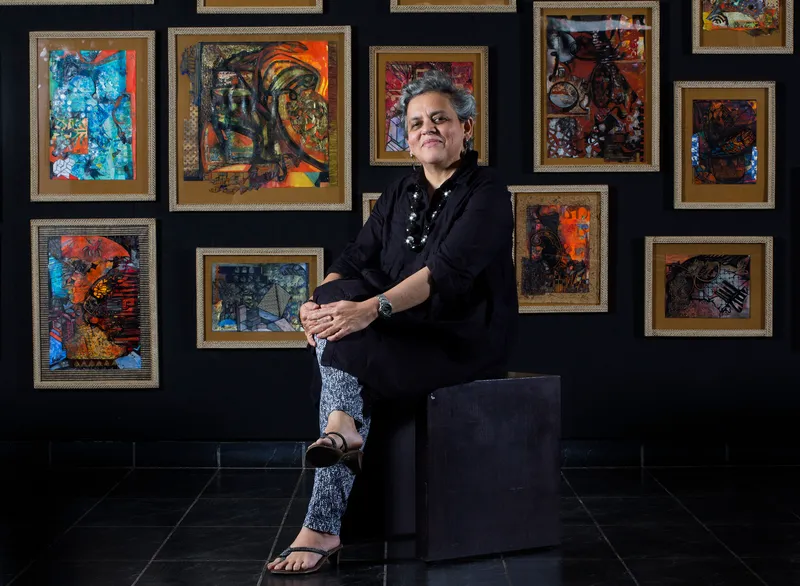
"Being a curator is a job; you need to deal with people, manage them": Brinda Miller | Image source: Brindamiller.com
But when asked to choose between being an artist and a curator, Miller picks the former. “I feel it (being an artist) is equivalent to meditation or to being on my own. It's very therapeutic to be an artist. I began my career as an artist, the curatorial part came much later…There is no pressure as an artist.”
“I find my work very relaxing and I'm not dependent on anybody. Being a curator is a job; you need to deal with people, manage them,” she explains.
Occupied curating for the 25th Kala Ghoda Arts Festival, in January next year, Miller says it will be a special edition. “We actually want to change around the venue, and have a different kind of program…make it more visually attractive, so street decor will become a very big part of it,” she says, adding that they are planning to introduce a lifestyle section to showcase fashion.
Edited by Jyoti Narayan


